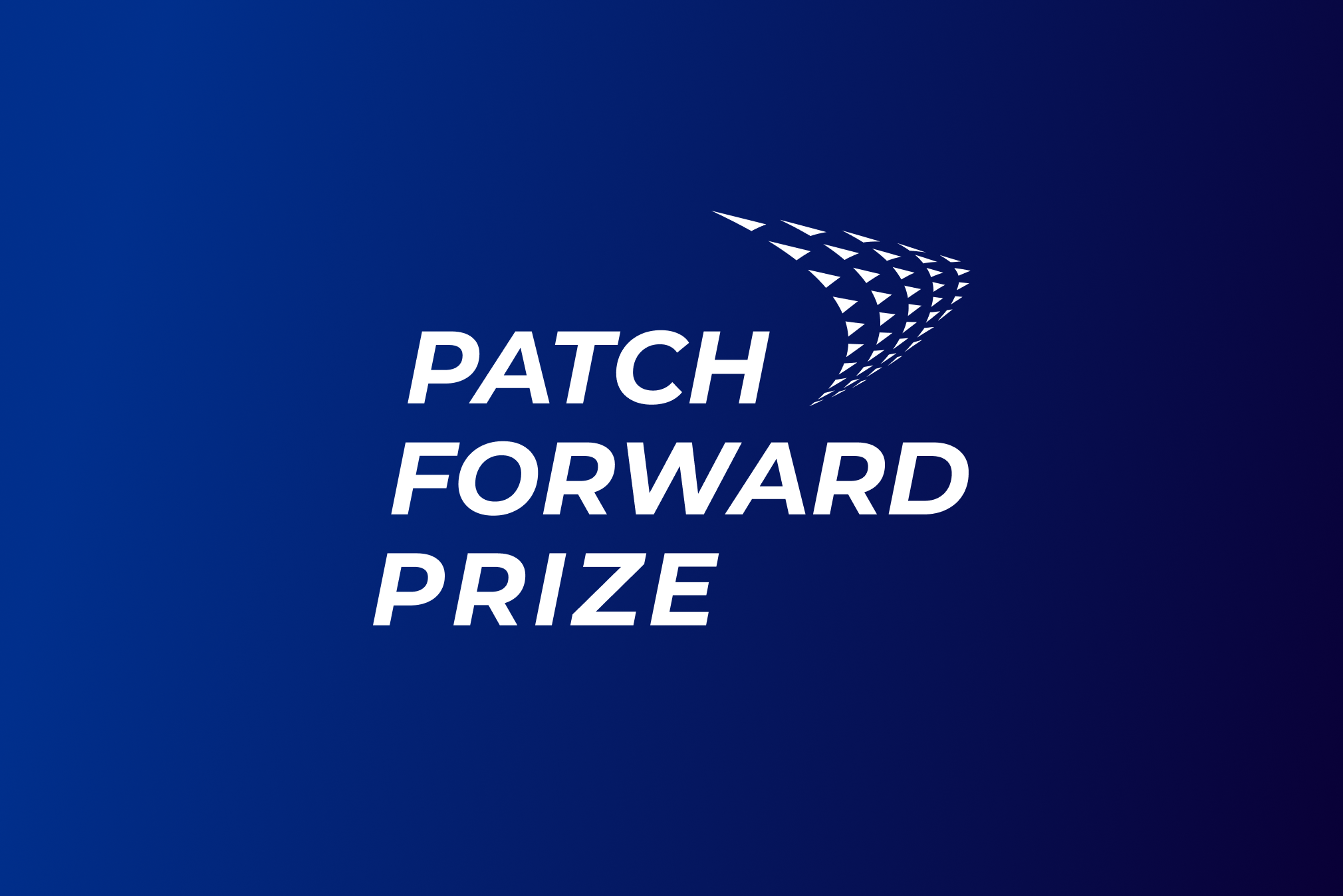The $50 million Patch Forward Prize will incentivize partnership to advance microneedle patch-based RNA vaccines.
Somewhere in a city near you, a mother hesitates to schedule her child’s next round of vaccines. She knows it’s important but doesn’t look forward to holding a squirming, crying baby at the doctor’s office.
Somewhere in Africa, a community lacks reliable electricity for refrigeration, and a batch of life-saving, temperature-sensitive vaccines is discarded.
Somewhere in rural America, an elderly patient misses out on an important seasonal vaccination because they do not have transportation to the nearest healthcare facility over an hour away.
It doesn’t have to be like this. Imagine a world with different vaccine form factors — one that gives patients the option of receiving vaccines that are less painful, are easier to store and transport, and could even be self-administered at home.
During COVID-19, the scale and urgency of the crisis inspired open innovation for public health. Efforts like Operation Warp Speed exemplified the willingness to test new approaches and ways of working to quickly realize solutions, including the development and deployment of mRNA vaccines. We now have an opportunity to use open innovation to accelerate new vaccine technologies and form factors.
Last week, the Biomedical Advanced Research and Development Authority (BARDA) launched the Patch Forward Prize, a $50 million Project NextGen competition to advance microneedle patch-based RNA vaccines for COVID-19, seasonal influenza, and pandemic influenza. BARDA, part of the Administration for Strategic Preparedness and Response within the U.S. Department of Health and Human Services, calls on vaccine developers and patch makers to partner and accelerate new vaccine technologies.
Intradermal vaccination using patches could address limitations associated with existing vaccines and immunization programs. Microneedle patches, also known as microarray patches, are applied to the skin like a small adhesive disc or bandage. These patches have microscopic projections that penetrate the skin’s surface, delivering vaccines into the top layers of the skin. Vaccine patches have potential to be more cost-effective and dose-sparing at scale, and could offer greater optionality for patients.
Designed and administered by Luminary Labs, the Patch Forward Prize will foster industry collaboration and provide resources to support the first effective demonstrations of patch-based RNA vaccines through Phase I clinical trials. The multiyear competition will unfold over three stages. Starting in August 2024, eligible entrants — namely RNA vaccine developers and patch makers engaging in strategic partnerships — can enter the Concept Stage by submitting concept papers detailing their respective technologies, proposed product, plans for development, and functional testing. Judges will recommend up to four Concept Stage winners to each receive a $2 million award from the $8 million Concept Stage prize pool. A Preclinical Stage and Clinical Stage will launch in 2025. Prospective advanced-stage entrants are not required to compete in the Concept Stage to be eligible to enter future stages.
The $50 million Patch Forward Prize is the among the largest incentive prizes in the history of the federal government. With it, BARDA and Project NextGen are demonstrating that open innovation can be used to stimulate product and technology development that is vital to public health but might be undervalued or considered too risky by the market.
The Patch Forward Prize is part of Project NextGen, a $5 billion initiative to accelerate the development of the next generation of vaccines and treatments led by BARDA and the National Institute of Allergy and Infectious Disease (NIAID). To learn more about the Patch Forward Prize, register for a virtual information session on April 18, where the Patch Forward Prize team will present an overview and answer questions about the competition.
This project has been funded in whole or in part with federal funds from the U.S. Department of Health and Human Services; Administration for Strategic Preparedness and Response; Biomedical Advanced Research and Development Authority, under OT number 75A50123C00059.

